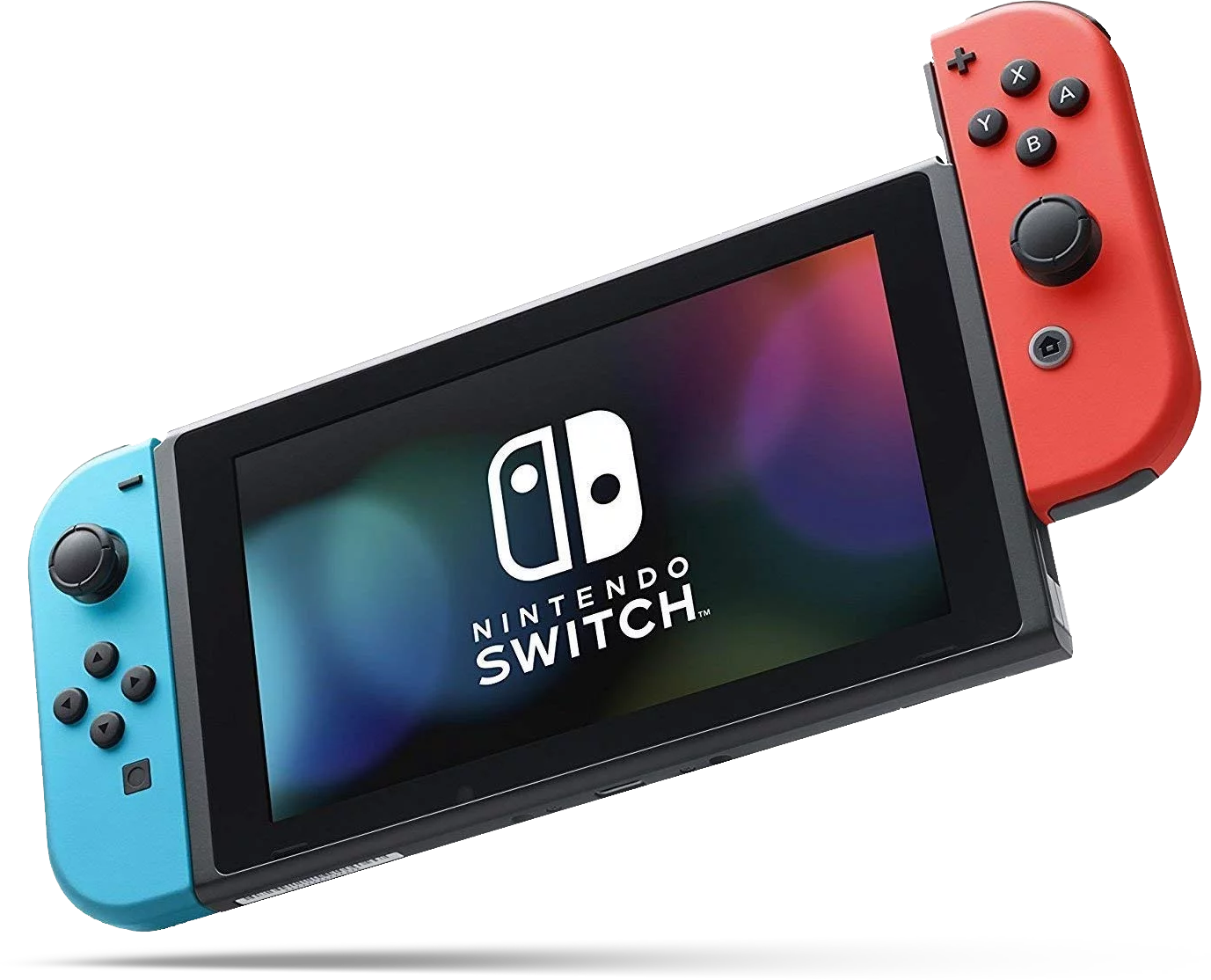Diablo 3: Eternal Collection for Nintendo Switch: Beginner's Guide
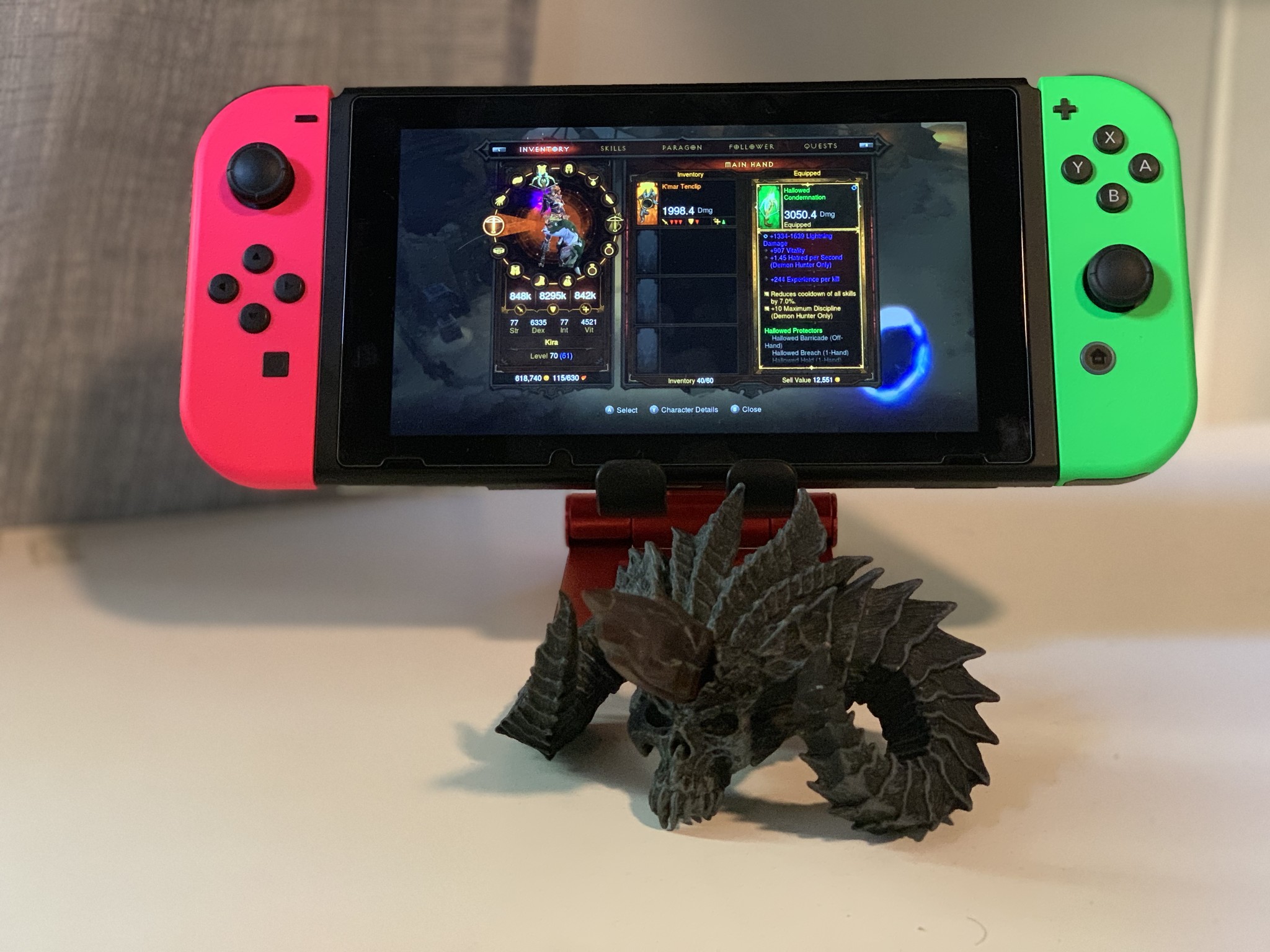
Diablo 3: Eternal Collection is now available on the Nintendo Switch. Dungeon crawler fans everywhere, rejoice! You can now play Diablo portably, which is the best way to play, in all honesty. Many of us have bought and played through Diablo 3 numerous times now (this is my third time), but for others, this is the first time they're playing Diablo 3 (or Diablo in general).
If you're a newbie and want to dive into the hellish world of Diablo 3, don't worry! It may seem a bit overwhelming, but we're here to help you through it all in this Beginner's Guide.
- Always start with a Seasonal character
- All character classes are good
- Turn on "Elective Mode" in Gameplay Options
- Play through the campaign if you're new
- Adjust the difficulty for your own pace
- Pick up everything that drops
- Explore your surroundings
- Jump into Adventure Mode after beating the campaign
- Research class builds and hunt for the perfect gear
Always start with a Seasonal character
In Diablo 3, there are four types of characters that you can create: Normal, Hardcore, Seasonal, and Seasonal Hardcore.
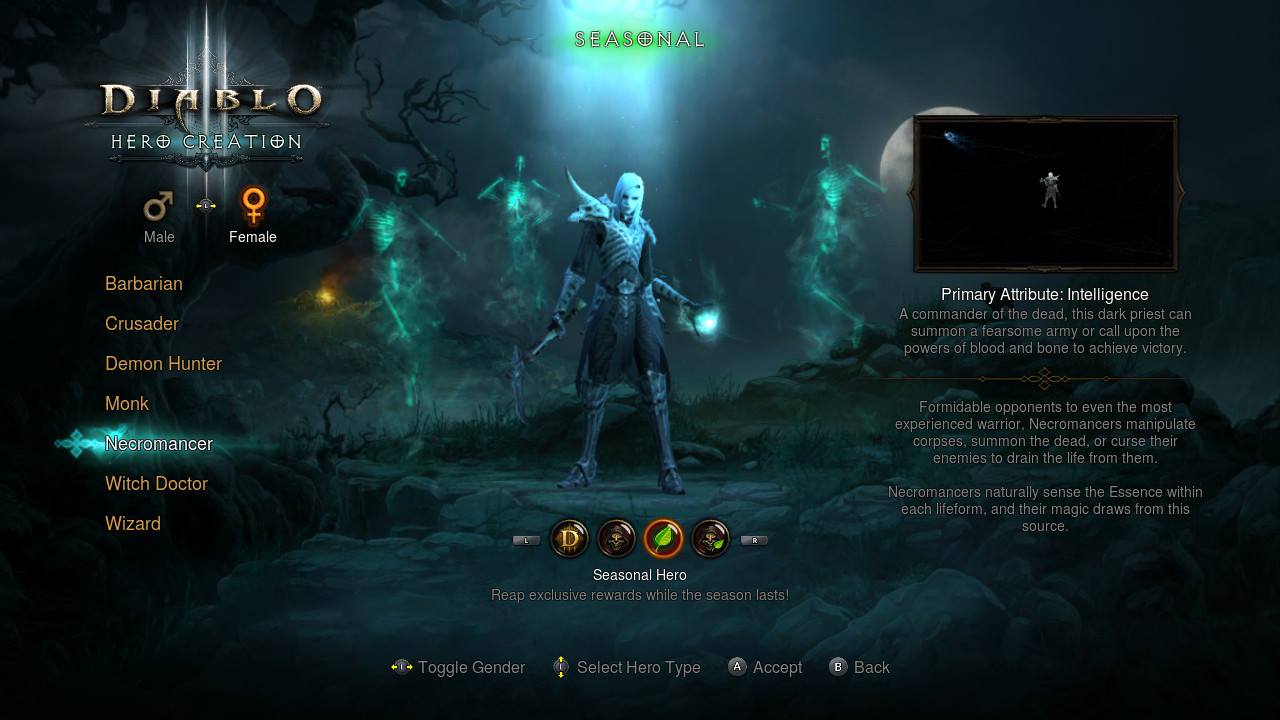
It's always recommended to go for a Seasonal character because each season has unique end-game armor sets and items that you can obtain for clearing objectives, and you can't get these outside of Seasons. However, once a Season ends, your Seasonal character rolls over to a Normal character, so it's a win-win, really.
Hardcore is not recommended for beginners. That's because if you die, your character is permanently dead and you can't revive and lose all of your items. This is for experienced players only, and even then, only if you don't get frustrated easily.
All character classes are good
Currently, there are seven classes in Diablo 3: Barbarian, Demon Hunter, Monk, Witch Doctor, Wizard, Crusader, and Necromancer. If you're worried about picking a wrong class, don't be! Every single class in Diablo 3 is good, and none are better than another. It really just depends on your play style.
iMore offers spot-on advice and guidance from our team of experts, with decades of Apple device experience to lean on. Learn more with iMore!
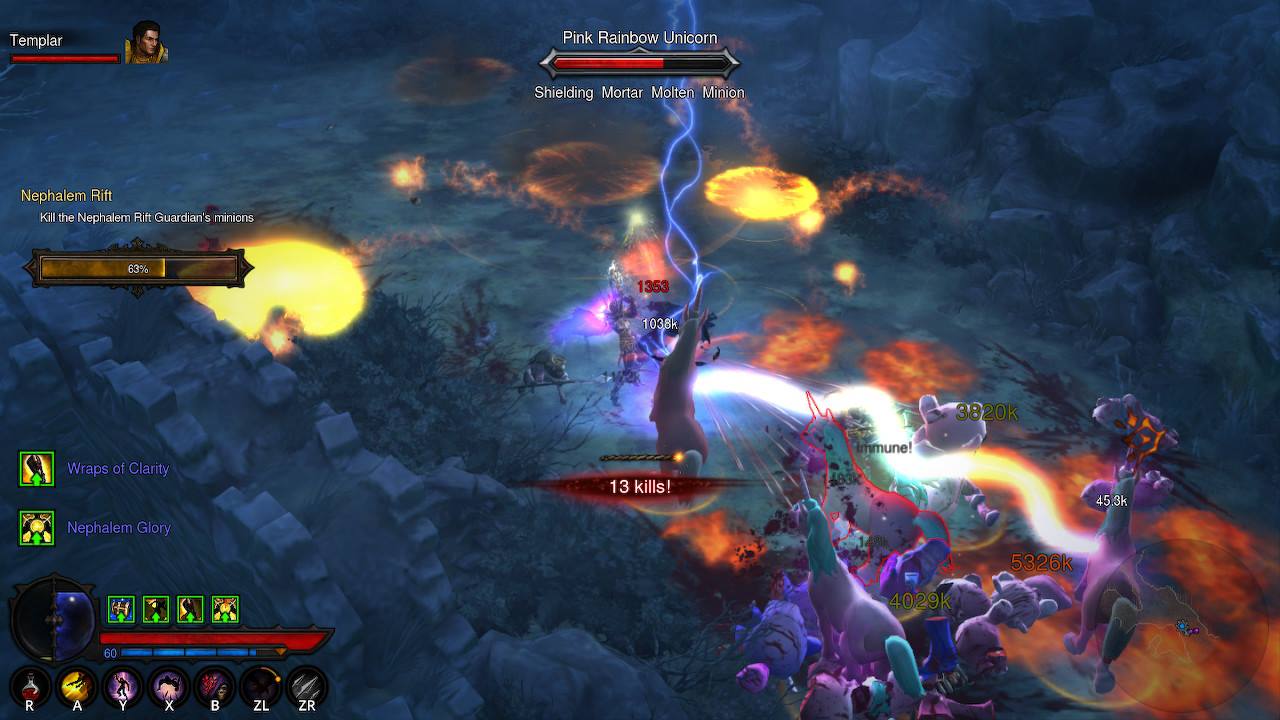
Barbarian and Crusader are tank classes and depend on the Strength stat. Demon Hunter and Monk are speed and damage focused and need the Dexterity stat. Witch Doctor, Wizard, and Necromancer are all spellcasters and rely on the Intelligence stat.
Every class has their own strengths and weaknesses, so not one is considered more "OP" (overpowered) than another, especially when you get to end-game content at level 70. For example, Wizards can pump out a lot of damage with their magic, but they're "squishy" because they have lower health than a Crusader or Barbarian.
Turn on "Elective Mode" in Gameplay Options
As you play and level up your character, you'll unlock skills in different categories. By default, Blizzard chooses what kind of skill gets assigned to what button, and this usually means you need to use one skill from every category (because Blizzard says so).

However, the best way to play is by not listening to Blizzard and pretty much using whatever skills suit your fancy. Want to use two attacks that regenerate your resource (Mana, Rage, Hatred, Essence, Spirit, etc.) instead of one?
Just turn on "Elective Mode" in the Gameplay options, and you're free to use whatever skills you want, not just one from each category. It's always recommended to turn this on right away, and it opens up a lot of possibilities in terms of character build customization.
Play through the campaign if you're new
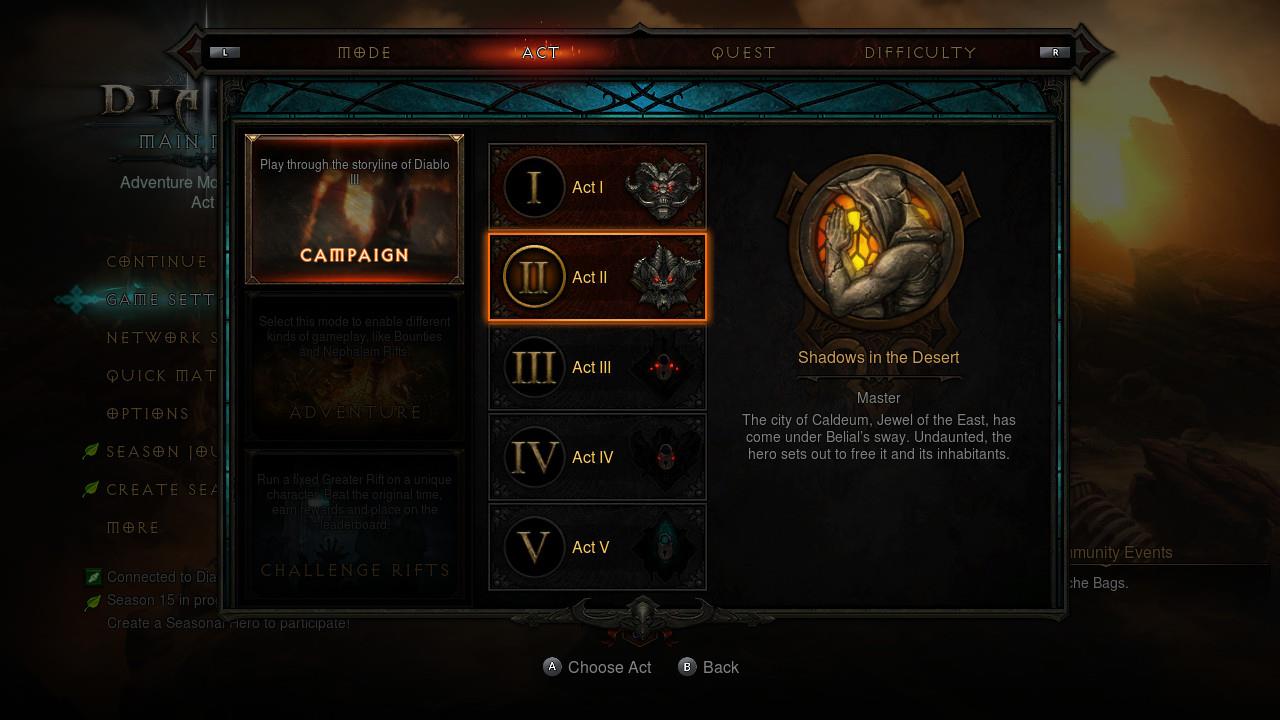
If this is your first time playing Diablo 3, then it's highly recommended to play through the story campaign mode. The story is decent, but the campaign teaches you the ins-and-outs of the game and all of the mechanics step-by-step as you go.
Playing through the story is also a bit slow, but it's a good way to get acquainted with everything. You can also change the difficulty mid-game, and you'll get pretty close to 70 just by going through it all.
Adjust the difficulty for your own pace
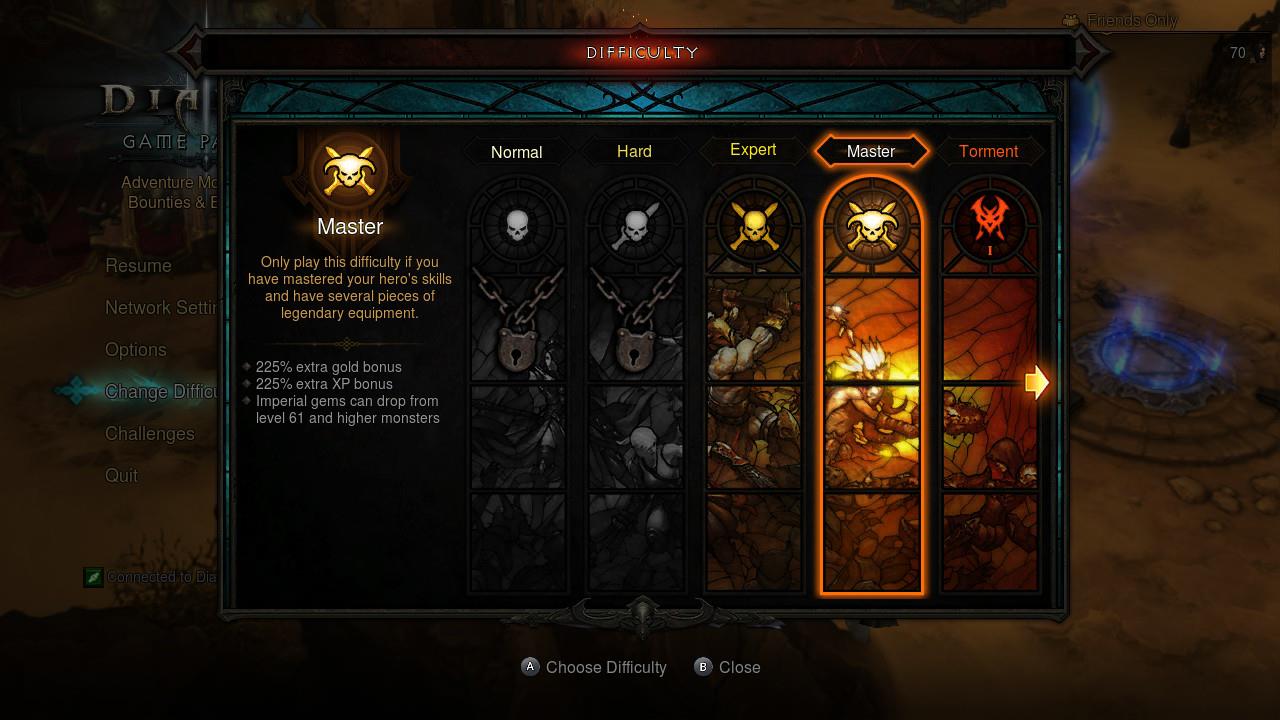
You may think about starting on Normal if you're new. But it's recommended to pick something a little higher because you get more experience and gold, so you'll level up faster.
The great thing about Diablo 3 is the fact that you can change the difficulty at any time while you're playing too. If you find it too hard, you can go lower. If it's too easy and not challenging at all, you can move it up. The only thing is that you can only go up or down one difficulty level, so if you want to go further than that, you'll need to quit the current game and change it from the main menu before starting.
When you reach Greater Rifts in the endgame content, you can change the difficulty of those runs independently from the rest of the current game.
Pick up everything that drops
Diablo 3 is a game that's all about loot. You're going to find loot drops from enemy mobs, chests, objects, and other events throughout the game. Pick up everything, even if it's trash. Because even if it's junk, you can salvage for crafting materials or sell for gold.
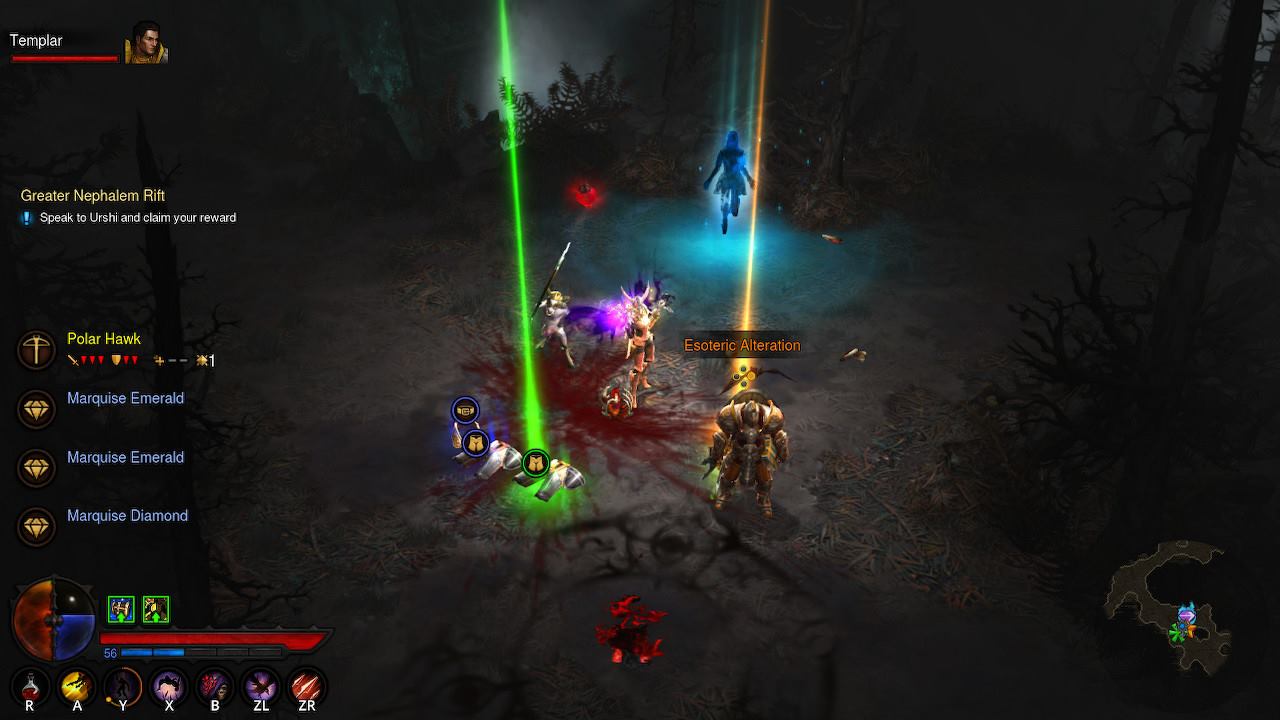
There are different tiers of item rarity. Gray and white are literal trash, but again, you'll want to salvage them for crafting mats that are useful later. Blue are magic items, and you'll start out with these since they add some stats and other bonuses for your character. Yellows are rare, and they're stronger than blue items and come with more properties. Orange are powerful legendaries, and green items are part of Sets, which you'll be aiming for in the endgame.
Even though Legendaries and Set items are what you'll want to use, sometimes the stats or bonuses are bad and not useful for your build or play style. When that happens, you should salvage them for rarer crafting mats that you need, or even extract their powers in the Kanai's Cube later on (Act II).
You'll also find gems, which can be added to gear with sockets for more stats and bonuses. And gold is fairly easy to come by, especially if you play on higher difficulties.
Explore your surroundings
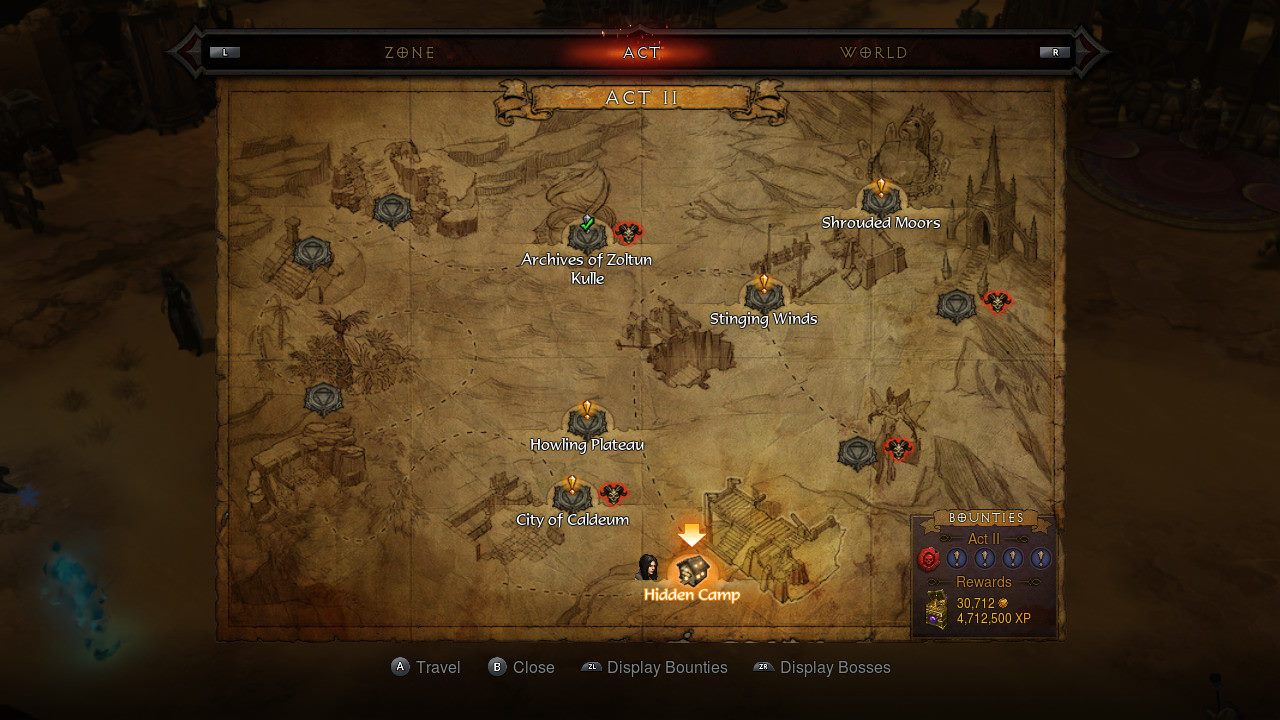
Some areas in Diablo 3 are large and vast, but it's in your best interest to just do a bit of exploration while slaying those demons and grabbing loot. That's because you never know when you'll find a glowing Resplendent Chest (chests that glow yellow and usually hold decent loot), Treasure Goblin (or its many other shiny friends), or unique enemy mobs that drop special items.
Exploring the maps also helps you get familiar with areas, which come in handy later when you're doing Bounty runs. When it comes to Bounties, you'll want to do them quickly, so it definitely helps when you know exactly where to go already from the get-go.
Jump into Adventure Mode after beating the campaign
Once you're finished with the campaign, the game isn't over! Instead, you've basically just reached the real game, which is in Adventure Mode—no handholding here! Adventure Mode is where you go for Nephalem Rifts, Greater Rifts, Challenge Rifts, and Bounties.

Nephalem Rifts don't require a key and are filled with enemy mobs. You'll kill enemies to fill up the rift gauge, which then brings out the Rift Guardian when it's full. You still get loot and gold drops from foes, and you can continue to explore the rift even after the guardian is dead.
Greater Rifts require keys, which you obtain from Horadric Caches (rewards for Bounties) and normal Nephalem Runs. You can adjust the difficulty of Greater Rifts independently from the rest of the game, and it's always a good idea to push harder, since clearing higher Greater Rift levels means more Blood Shard storage.
Greater Rifts are different from Nephalem Rifts in that there's a time limit to get a bonus Legendary Gem upgrade at the end, there are no loot or gold drops from mobs, and everything else dies once the Guardian appears. You do get a ton of loot from killing the Rift Guardian though, and it's how you'll be doing most of your gear hunting in the endgame.
Challenge Rifts open up after you do Greater Rifts. With Challenge Rifts, it's basically a snapshot of another player's Greater Rift, so you get their character with all Paragon levels, skills, and gear, along with an exact replica of their Greater Rift dungeon layout. The goal here is to beat the original player's time, using the exact same gear and skills that they had. It changes every week, and they have the following class rotation order: Demon Hunter, Necromancer, Barbarian, Wizard, Monk, Witch Doctor, and Crusader.
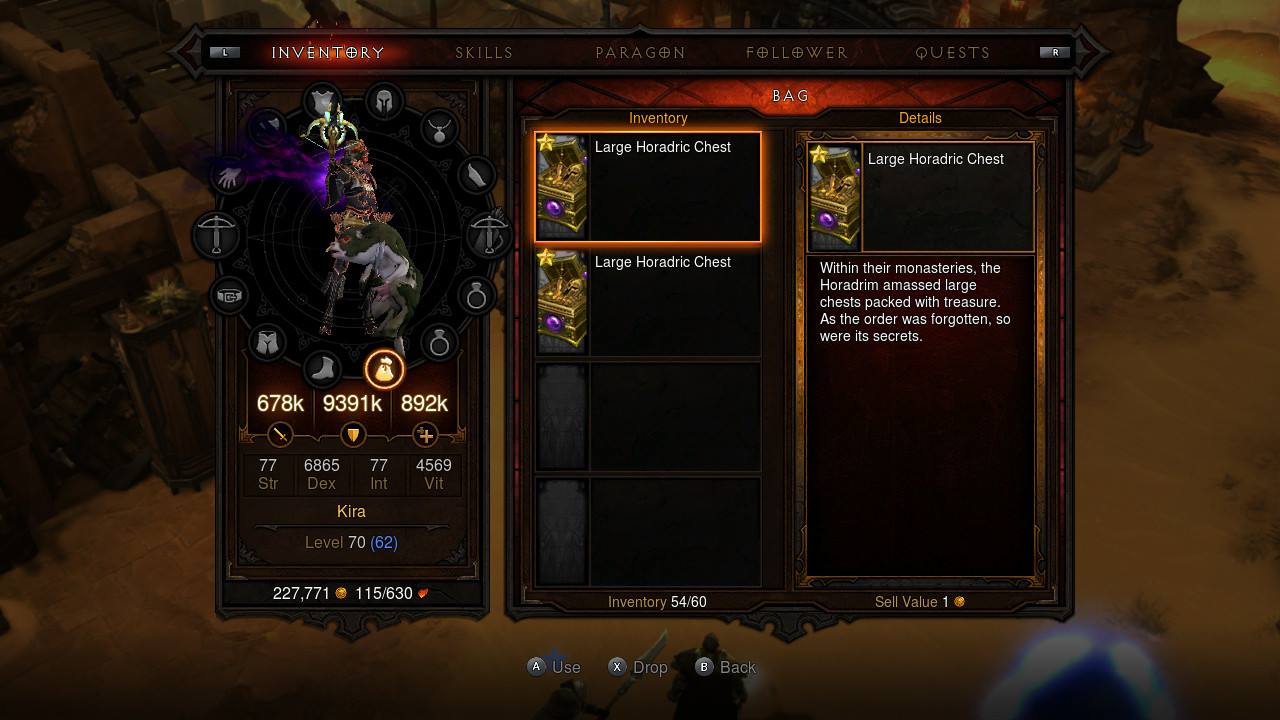
Bounties involve going to each Act's map and then clearing out all of that maps' bounty objectives to obtain a Horadric Cache from Tyreal. These caches contain legendary crafting materials that are unique to each Act, and necessary for some crafting and using the Kanai's Cube. Each map has five bounties, and there are five Acts to go through, so a full Bounty run has 25 bounties. These go much faster when you team up with someone else since you can split up the work.
Research class builds and hunt for the perfect gear
Now that you've reached level 70 and are getting started with endgame content, prepare for the gear hunting! That's what Diablo's always been about, but it's always a fun ride to be on.
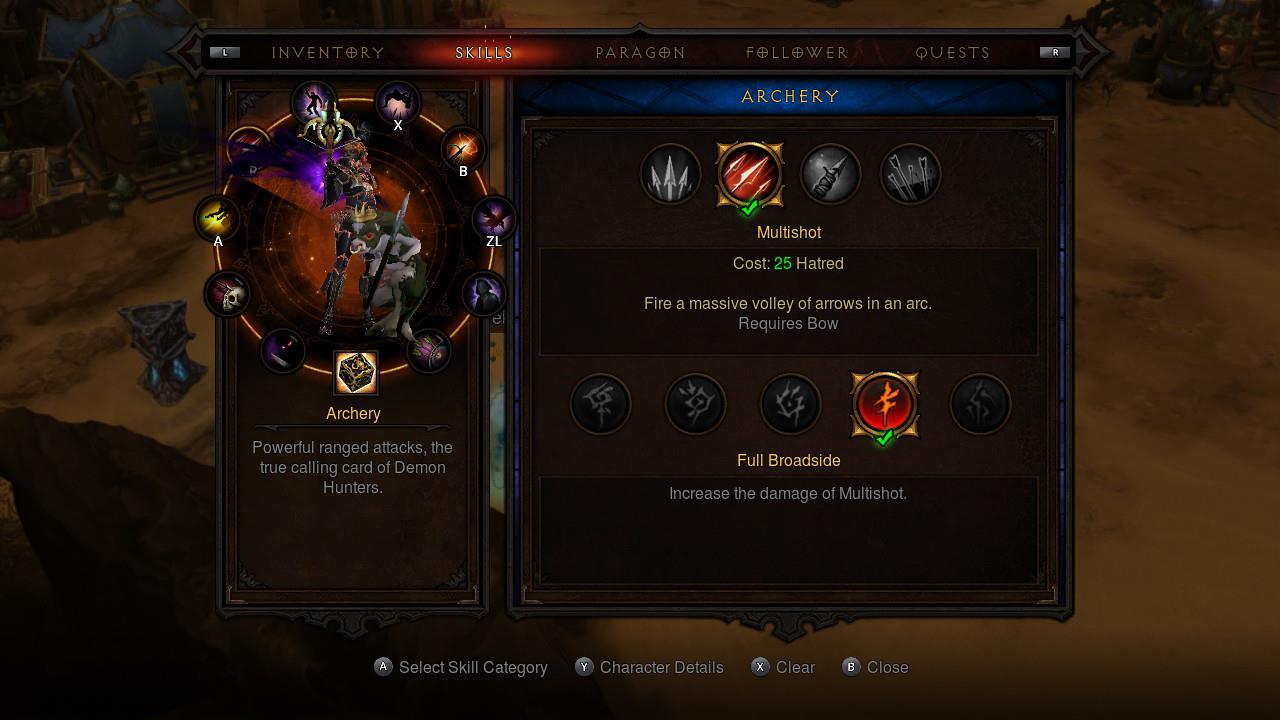
With your level 70 character, it's best to look into some of the best builds for your class that will help you speed run through Greater Rifts. For example, I always like to go for a Multishot Demon Hunter build with the Unhallowed Essence armor set and Yang's Recurve legendary bow.
Every class build has a specific armor set that's tailored for them, so it's highly recommended to look into what you want your endgame build to be (correct skills and runes), and figure out the corresponding gear for it. A good place to start is with the Icy Veins Diablo 3 site.
Now go save Sanctuary from the Prime Evil, Diablo
Now that you know how to get started in Diablo 3, what are you waiting for, Nephalem? The world of Sanctuary is waiting for you to stop Diablo and the lesser prime evils from destroying mankind.

Christine Romero-Chan was formerly a Senior Editor for iMore. She has been writing about technology, specifically Apple, for over a decade at a variety of websites. She is currently part of the Digital Trends team, and has been using Apple’s smartphone since the original iPhone back in 2007. While her main speciality is the iPhone, she also covers Apple Watch, iPad, and Mac when needed.
When she isn’t writing about Apple, Christine can often be found at Disneyland in Anaheim, California, as she is a passholder and obsessed with all things Disney, especially Star Wars. Christine also enjoys coffee, food, photography, mechanical keyboards, and spending as much time with her new daughter as possible.
